One computer holds the key to the chain's fast track distribution in 2001 meet Tess of the multiples
Tesco is trialling a high speed automated cross docking materials handling system at its composite distribution centre in Southampton.
Tesco Distribution moves nearly 15% of the UK's total groceries and makes around 18,000 store deliveries every week, therefore the need for a flexible operation to take into account variations in demand, response to the shelf life of perishables and efficiency to maintain price competitiveness, is paramount.
The system at the four year old distribution centre was designed by Vanderlande Industries, the company behind the chilled food distribution at Irish multiple Stewarts which was acquired by Tesco in 1997.
It currently handles fresh meat, poultry, fish and some chilled produce at 1ºC which are the most vulnerable to damage, but it could be extended to ambient and frozen.
Products are first scanned for identification, and information is then fed to the Tesco Sortation System computer, commonly known as TESS.
An operator is told via a hand held radio data terminal where the pallet will be dropped, and an electric truck takes it to the correct drop off point where the operator scans a fixed barcode to let TESS know it has arrived.
The truck is then directed to one of eight unloading stations. Each forms a separate infeed to the automated sortation system and is served by three scissor lifts.
The system uses two high speed sortation machines called Posisorters which can handle up to 12,000 cases an hour. Each has four infeeds and 61 delivery chutes which can cater for all shapes and sizes, packaging and crushability.
It also has four chutes for special requirements, such as taking items registering a mis-scan, or an overflow from the store chutes.
Stores are allocated one chute from each sorter with both chutes running in parallel to a single packing station. When a pallet needs unloading, optical sensors on the infeed count the number of individual items unloaded and check totals against the order.
Each infeed conveyer connects to a 55 item accumulation lane called a Qveyor which uses narrow belts to provide zero line pressure in a queued stream of product.
When the last item has been unloaded, an end of pallet tote on the infeed signals the return of the empty pallet to floor level for removal.
High speed bar code scanning allows TESS to find which store chute it should be allocated to and instructs the Posisorter accordingly.
Although the system is constantly being upgraded and reviewed by Tesco, the switch from manual to automation has meant a speedier delivery to the stores, less chance of human error, and a reduction in labour costs.
{{FOCUS SPECIALS }}
Close menu
- Home
- Buying & Supplying
- Stores
- Channels
- Finance
- People
- Reports
- Events
- Jobs
- Subscribe now
Sign in to comment on this article
Not logged in before? Register for FREE guest access today.
You will be able to:
- Read more stories
- Receive daily newsletters
- Comment on stories
Advert




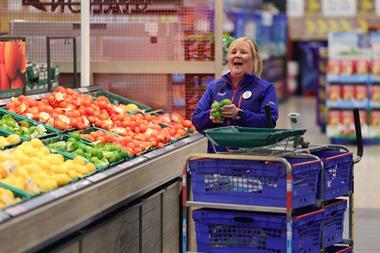
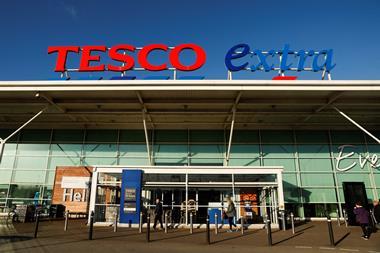
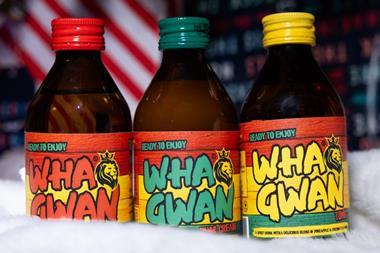



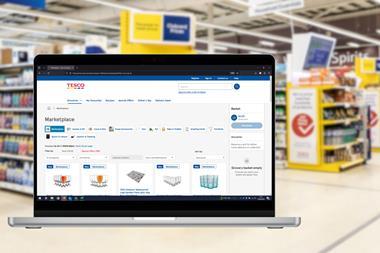

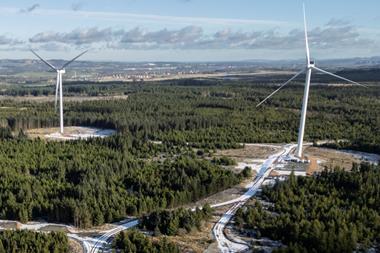
No comments yet